Have your homemade sourdough dreams been on hold because you’re waiting to get your hands on a starter? You know a good sourdough starter is what makes the bread, and you might be thinking that you need to have inherited a 100 year old starter from San Francisco in order to start. But we’re here to let you in on a little secret: Even if you did have the good fortune of inheriting a multi-generational starter, the truth is as soon as you introduce it to a new environment it’s going to change. So while it started out as a San Francisco, or French or heirloom sourdough starter, its new identity is your home.
This isn’t to say established starters don’t have value and if you’ve been gifted one, don’t toss it. A lot of the characteristics that made someone keep that starter to begin with are still going to come through. But if you have been putting off sourdough just waiting for a starter to enter your life we’re here to tell you the wait is over, you can grow your own sourdough starter from scratch with just flour, water and a little bit of babysitting.
How is that possible? Sourdough breads rely on wild yeast for leavening instead of the cultivated bread yeast that is most modern bread making relies on. Those quick-rise packets of baking yeast are exactly that, yeast designed to produce a lot of CO2 quickly for dough to rise, and not much else in terms of flavor. Wild yeast on the other hand has a mind of its own. Wild yeast is all around us, in the air, on our hands, in our flour. So what you’re doing with a sourdough starter is creating an environment where that wild yeast can flourish. And once it is established that starter will reward you with complex flavors, chewy textures, gaps of air and sturdy crusts.
It is the stuff of sourdough you have been dreaming of. Now all you need to do is grow your own starter.
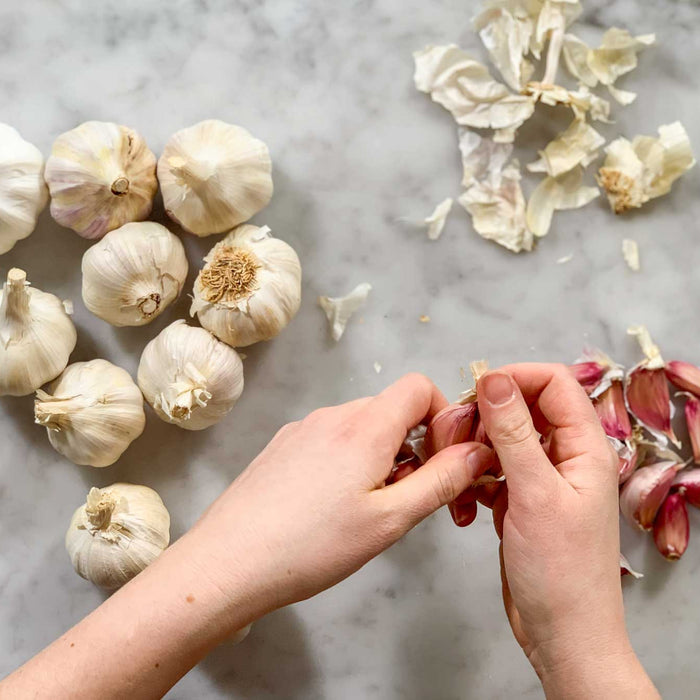

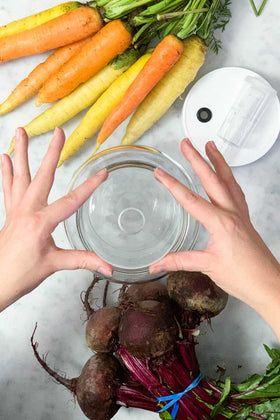



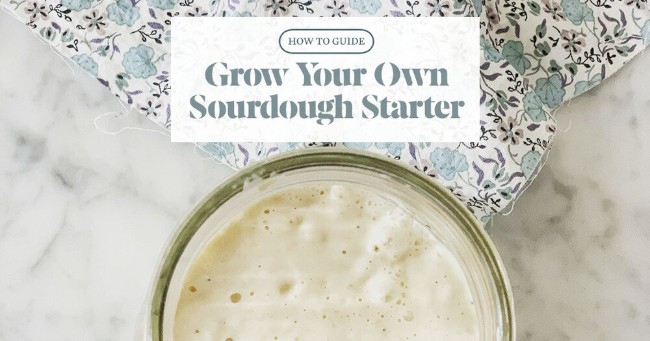
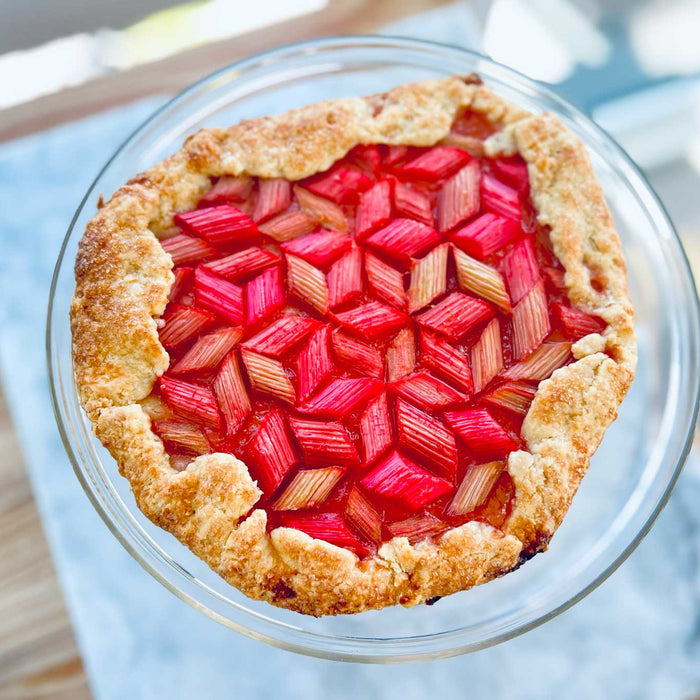
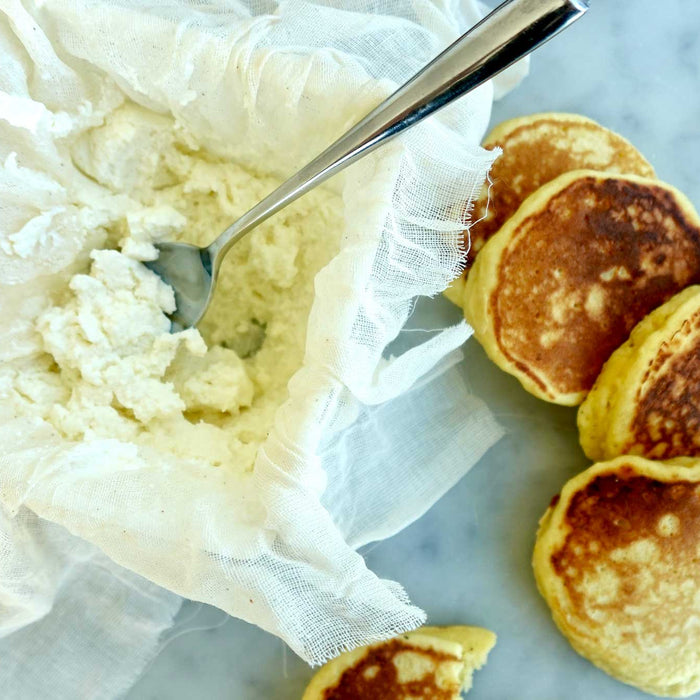
Comments
Leave a comment